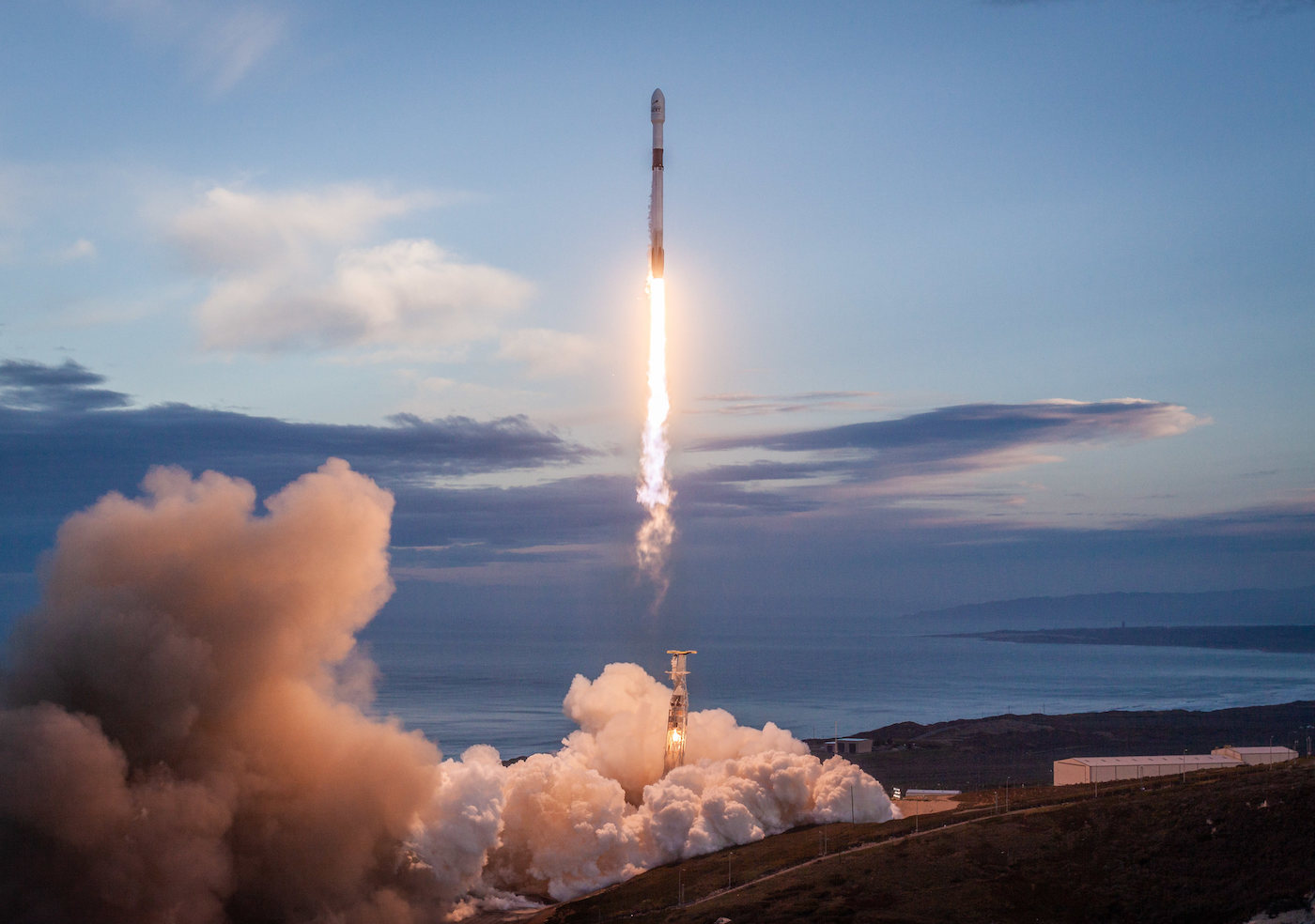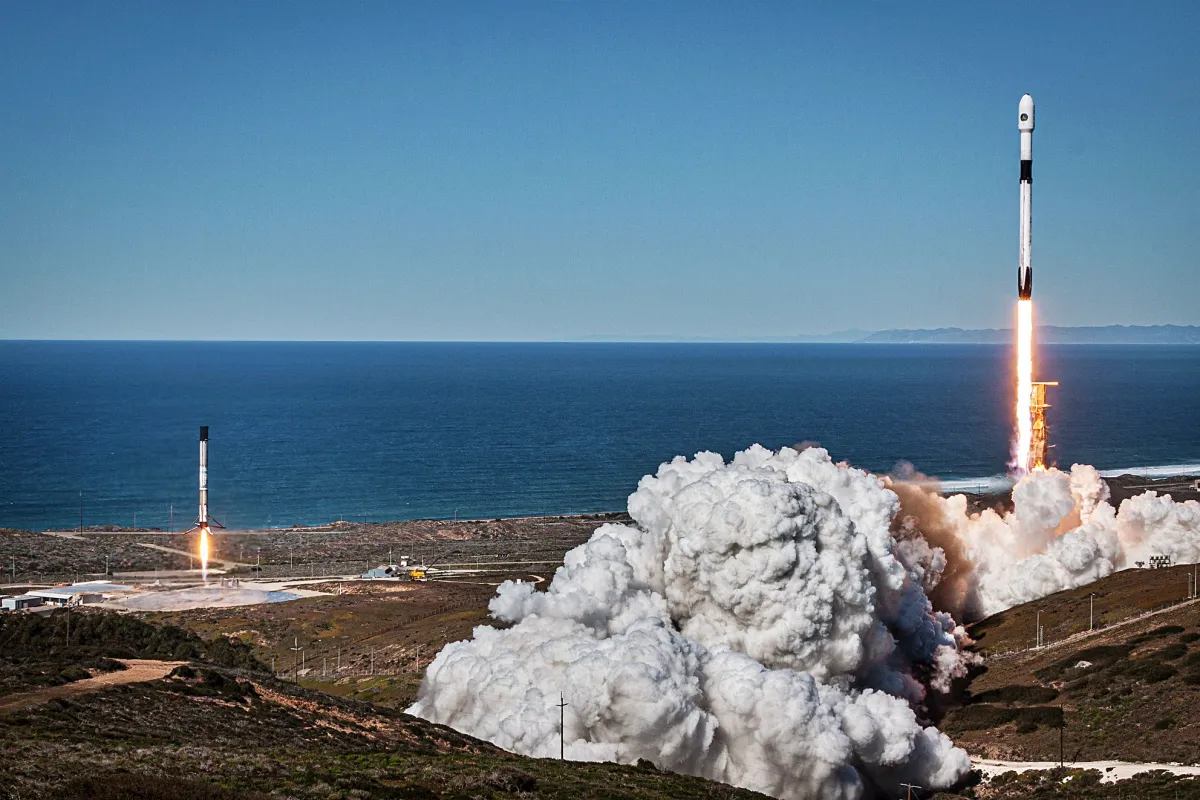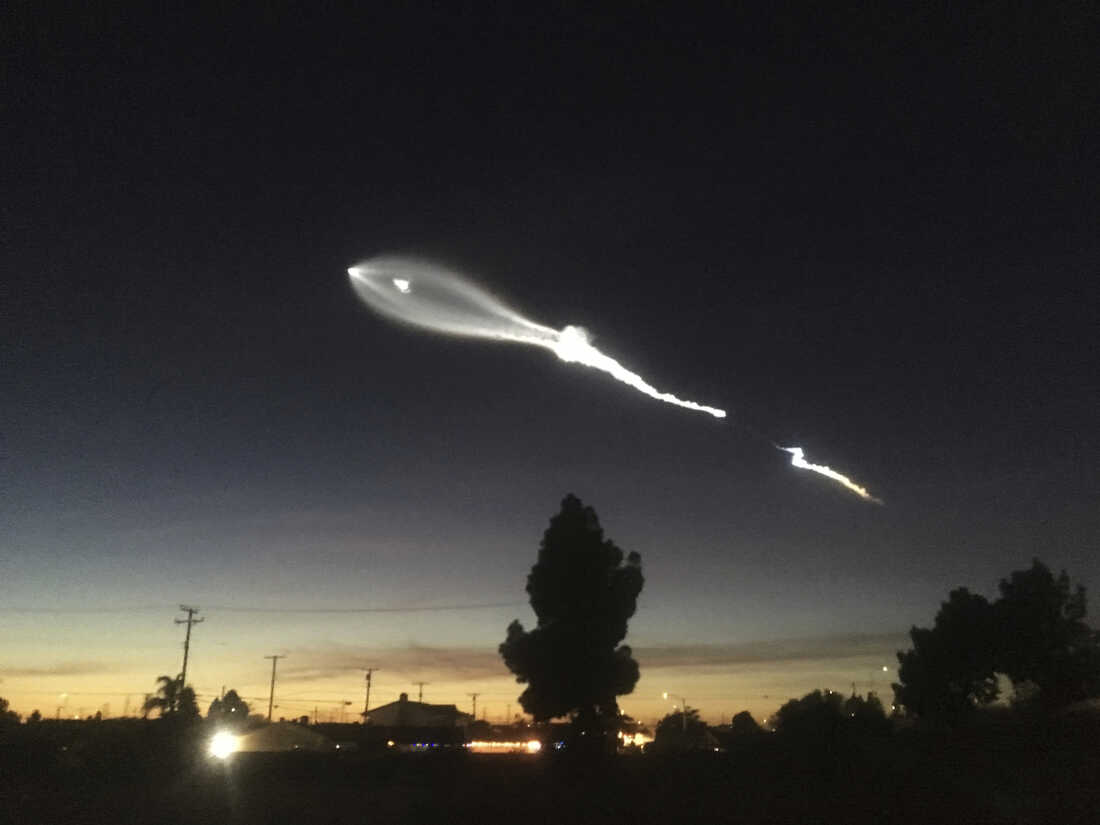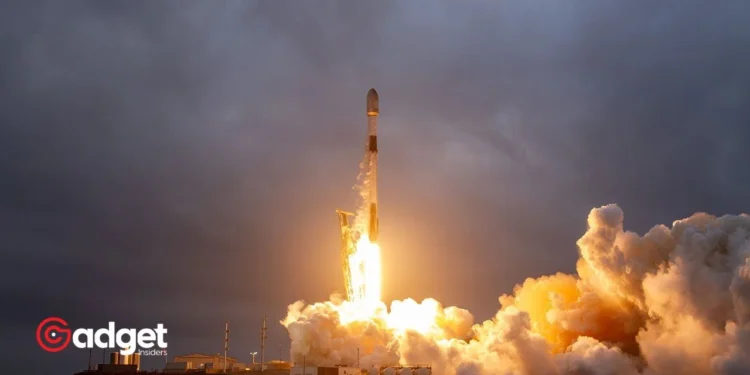SpaceX’s rocket launches from the Vandenberg Space Force Base have become a spectacle that draws eyes from across California. The brilliant streaks left by rockets cutting through the sky capture the imagination and underscore the rapid advancements in space technology.
However, as these launches become more frequent, concerns from local communities and environmental bodies have grown louder.

Owned by tech mogul Elon Musk, Space Exploration Technologies Corp., commonly known as SpaceX, has been escalating its operations at Vandenberg, located in Santa Barbara County.
Historically, the agreement with base officials allowed for up to six launches per year, but recent actions by SpaceX suggest a significant shift in their operational goals.
Pushing the Limits: SpaceX’s Proposal
In a bold move, SpaceX has petitioned the California Coastal Commission for permission to ramp up to 36 launches annually from Vandenberg. Additionally, the proposal includes up to 12 landings per year at both a secondary launch complex and an offshore site in the Pacific Ocean.
This increase not only promises awe-inspiring views but also raises practical concerns about local disruptions. The launches often necessitate the closure of nearby beaches and campgrounds, and residents have reported disturbances from sonic booms shaking their windows.
FL: how can we increase launch rate?
CA: how can we stop it?SpaceX is launching more rockets from a military base. Can the Coastal Commission impose a limit? https://t.co/6MEDSv53y0
— Tom Mueller (@lrocket) April 12, 2024
Phil Simon, a long-term resident of Ojai, voiced his concerns during a recent commission meeting, “It’s very stressful when you experience something like a sonic boom and you’re not expecting it.
I don’t know if the rockets being launched are different now, the trajectory is different, but something is different than how it was in the past.”

Regulatory Challenges and Local Impact
The commission, tasked with overseeing the state’s coastal resources, finds itself in a complicated position. While it has the authority to regulate land and water use along the coast, its power over federal activities, particularly those involving the Department of Defense, is limited.
This dynamic was underscored by Cassidy Teufel, the commission’s deputy director, who noted that when dealing with federal agencies, “it’s much more of a negotiation and a thing of equal powers dynamic.”
The debate is further complicated by the dual nature of SpaceX’s launches. While some missions are directly for the Department of Defense, others support the private Starlink network, which provides global internet coverage.
Col. Bryan Titus from the U.S. Space Force highlighted the strategic importance of these launches, “Starlink has been critical in the situation in Ukraine.”

Environmental and Community Trade-offs
The increasing number of launches has surpassed the limits previously set by the commission. Despite this, the base could potentially handle up to 110 launches annually without adverse effects on nearby wildlife, as studied by the U.S. Fish and Wildlife Service.
In response to community concerns, SpaceX has proposed measures like installing internet terminals at Jalama Beach to better manage evacuation notifications. As SpaceX continues to push the boundaries of space exploration, the balance between technological advancement and community impact remains delicate.
The upcoming months are crucial as both sides continue to negotiate the future of rocket launches from Vandenberg, highlighting the growing pains of entering a new era of space industry activity.










